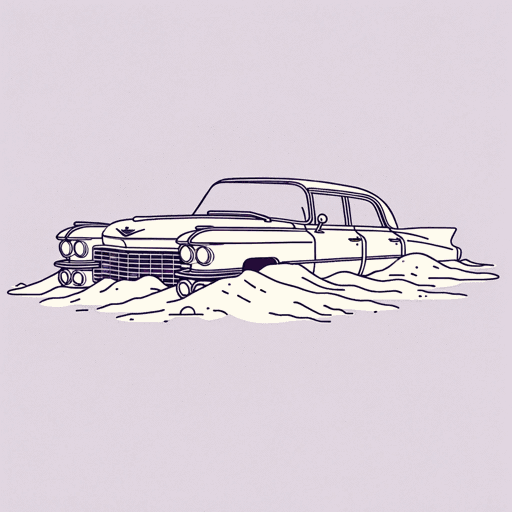48 pages • 1 hour read
Marc ReisnerCadillac Desert: The American West and Its Disappearing Water
Nonfiction | Book | Adult | Published in 1986A modern alternative to SparkNotes and CliffsNotes, SuperSummary offers high-quality Study Guides with detailed chapter summaries and analysis of major themes, characters, and more.
Chapters 5-7Chapter Summaries & Analyses
Chapter 5 Summary: “The Go-Go Years”
Chapter 5 looks at the go-go years of the big water projects, which began in the 1930s and lasted until the 1960s. In the beginning, President Franklin Roosevelt (FDR) used these water projects at the height of the Great Depression to “put the country back to work, to restore its sense of self-worth, to settle the refugees of the Dust Bowl” (168). Federal dams erected in the 1930s became the era’s reigning symbol. They demonstrated that a country hit hard by economic depression “could still do remarkable things” (159).
One such water project was the Grand Coulee Dam in the state of Washington on the Columbia River. In the early 1930s, the Columbia River was the biggest river anyone had thought to dam. Its volume and drop, since a canyon contained it, made the location ideal for hydroelectricity along with irrigation. Originally, the Corps of Engineers, the sister agency and bitter rival of the Bureau of Reclamation, wanted to build a low dam, which would only have been useful for hydroelectricity and regulating navigation flows; t would not have enabled irrigation. Because the Bureau was interested in irrigation, it wanted to build a high dam.

